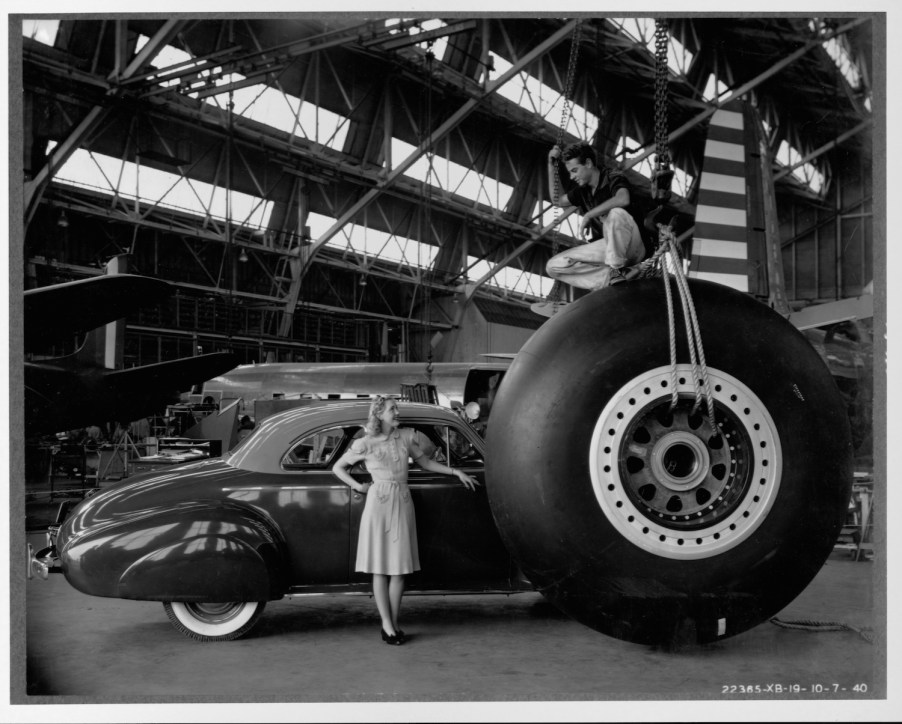
Three Things You Probably Did Not Know About Your Tire Size
Did you know that each of your tires has its size–a string of letters–stamped on its sidewall? These tire size numbers and letters may be confusing, but this code follows a standard system. You need to know the specs from your tires to order new ones. Also, helpful information about how fast your tires are designed to go and how much weight they can carry is encoded in the letters and numbers of your tire size. Understanding the ins and the outs of your tire size is important to proper car maintenance. Read on for three things you probably did not know about the size of your tires.
1: Tire Size includes metric measurements, standard measurement, and percents

The size of your tire is the string of numbers and letters printed on your sidewall. (One example is 225/65R17/102H). This string of letters and numbers is a mishmash of measurements, including metric measurements, standard measurements, and percentages!
- The first number is a simple metric measurement. It is the width of your tire tread in millimeters. The above tire is 225 mm (22.5 cm) wide.
- The number after the first slash is a percentage. This second number is the aspect ratio of the sidewall height and tread width.
- Finally, the number after the “R” is a standard measurement. This is the diameter of your rim in inches.
2: Your Tire Size is Obsolete

The “R” in your tire size (after the aspect ratio, before the rim size) is completely obsolete! The R stands for “Radial-Ply” tire. But all modern car and truck tires have an R because all modern passenger vehicles must have radial tires.
The other type of tire (Bias-Ply) can support a lot of weight but is unsafe at modern highway speeds–you’ll only find “B” code tires on farm and construction equipment. Once upon a time, you could buy either Bias-Ply tires or Radial tires for your car, so the R was an essential part of your tire size. Now Bias-Ply tires are banned on roads, and the R is obsolete.
The difference between bias-ply and radial tires is something you should be aware of when putting modern tires on a classic car.
3: Tire Size is A Secret Code

The final number and letter in your tire size (after the second slash) are not measurements. Instead, they are codes corresponding to agreed-upon speed ratings and load indexes. The final number is your load index. The final letter is the speed rating
The load index corresponds to the maximum weight the tire can carry. The speed rating stands for the maximum speed the tire manufacturer has tested a tire for–before it suffers a blowout. In the example tire size of 225/65R17/102H, the load index would be “102,” and the speed rating would be “H.”
Neither load indexes nor speed ratings are difficult to decode. See our handy tire load index chart and tire speed rating chart to find to decode the load index and speed rating of your tire. Locate the letter or number from your tire size, and you’ll find the number of pounds and miles per hour for which your tire is rated. Make certain you have tires capable of the speeds you are driving or tires for the loads you are towing.



